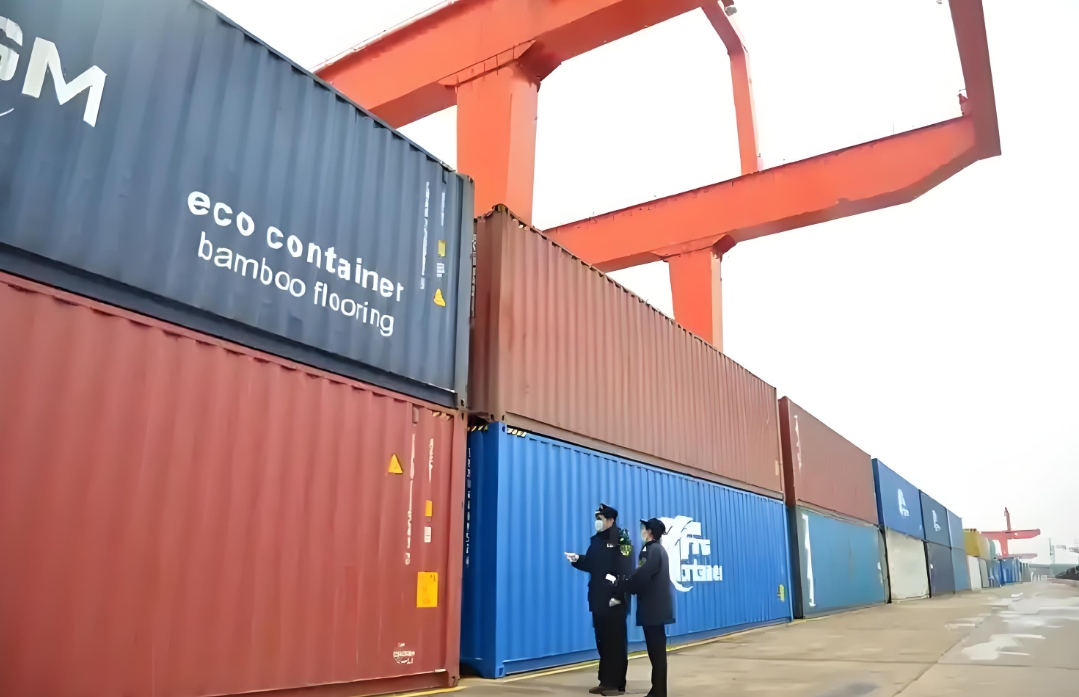How Long is a 40ft? Unveiling the Dimensions of 40 Feet
Have you ever wondered about the exact measurements of a 40ft length? Especially in international freight transportation, it often directly affects your transportation costs.This article will delve into the specifics of this common measurement, breaking down its relevance and applications in various fields.
The Background of 40ft
Before we explore the exact length of 40 feet, it's important to understand the historical significance of this measurement. From shipping containers to construction projects, the 40ft length has become a standard in many industries.
40ft in Shipping
Indeed, the 40-foot (40ft) shipping container is a cornerstone of the global logistics industry. Its prevalence is due to several factors that make it an essential component in international trade:
- Standardization: The International Organization for Standardization (ISO) has established clear standards for the construction and dimensions of shipping containers, including the 40ft size. This standardization allows for seamless integration into various modes of transportation, such as ships, trains, and trucks.
- Capacity: The 40ft container offers a significant capacity for goods. It typically has an internal capacity of about 67.7 cubic meters (2,390 cubic feet), which is roughly twice the capacity of a 20ft container. This makes it suitable for a wide range of cargo types and quantities.
- Efficiency: Due to their size and capacity, 40ft containers can be more cost-effective and efficient for shipping large volumes of goods. They can reduce the number of containers needed for a shipment, thereby lowering handling and transportation costs.
- Intermodal Transport: The design of 40ft containers allows for easy transfer between different modes of transport without the need to unload and reload the cargo. This is particularly beneficial for goods that need to travel long distances and through various transport networks.
- Stacking and Security: These containers are designed to be stacked on top of each other, maximizing the use of space on cargo ships. Additionally, they are lockable and secure, providing protection for the goods inside during transit.
- Versatility: The 40ft container can be used for a variety of goods, from consumer products and machinery to vehicles and bulk materials. They can also be converted into other uses, such as offices, storage units, or even small homes.
- Global Network: The extensive network of ports, terminals, and transportation routes that support the use of 40ft containers means they can be transported to and from almost any location in the world, supporting the global supply chain.
- Economic Impact: The use of 40ft containers has had a profound impact on the economics of international trade. By reducing shipping costs, it has enabled the mass production and distribution of goods on a global scale.
In summary, the 40ft shipping container is a critical tool in the global logistics network, facilitating trade and commerce by providing a reliable, efficient, and cost-effective means of transporting goods across the globe.
And this is also the business transportation that Presou Logistics excels in. Presou Logistics has been focusing on international large-scale cargo transportation for more than a decade and has many successful cases.
40ft in Construction
In the construction sector, a 40ft length can refer to materials such as steel beams, lumber, or pipes. Understanding the dimensions of 40ft is essential for proper project planning and execution.
Exploring the Exact Length of 40 Feet
Now, let's get into the specifics. A traditional 40ft length measures exactly 40 feet, which is equivalent to approximately 12.192 meters. Visualizing this length can help grasp the scale of objects that fall within this measurement.
Subdivisions of 40ft
Within the realm of 40ft lengths, there are various subdivisions that serve different purposes. These subdivisions offer flexibility in accommodating a wide range of materials and products.
- Half of 40ft: 20 feet
- Quarter of 40ft: 10 feet
- Eighth of 40ft: 5 feet
Applications and Significance
Understanding the length of 40 feet is crucial for several reasons. Whether you're involved in shipping logistics, construction projects, or simply curious about measurements, this knowledge can prove to be valuable in various contexts.
Importance in Transport
Knowing the dimensions of a 40ft container is vital for efficient transport operations. By optimizing loading practices and utilizing space effectively, companies can streamline their shipping processes.
Utilization in Architecture
Architects and engineers frequently work with materials that align with the 40ft measurement. By incorporating this standard length into their designs, they can enhance structural integrity and optimize resource utilization.
Unveiling the Versatility of 40ft
From transoceanic cargo shipments to towering steel structures, the 40ft length plays a pivotal role in numerous sectors. Its adaptability and ubiquity make it a cornerstone in modern measurements and standards.Meanwhile, transporting a 40 inch container as a whole would be more cost-effective.
Meanwhile, transporting a 40 inch container as a whole would be more cost-effective. Generally, it will only increase the cost by 20% -50% compared to the transportation cost of a 20 inch container.




